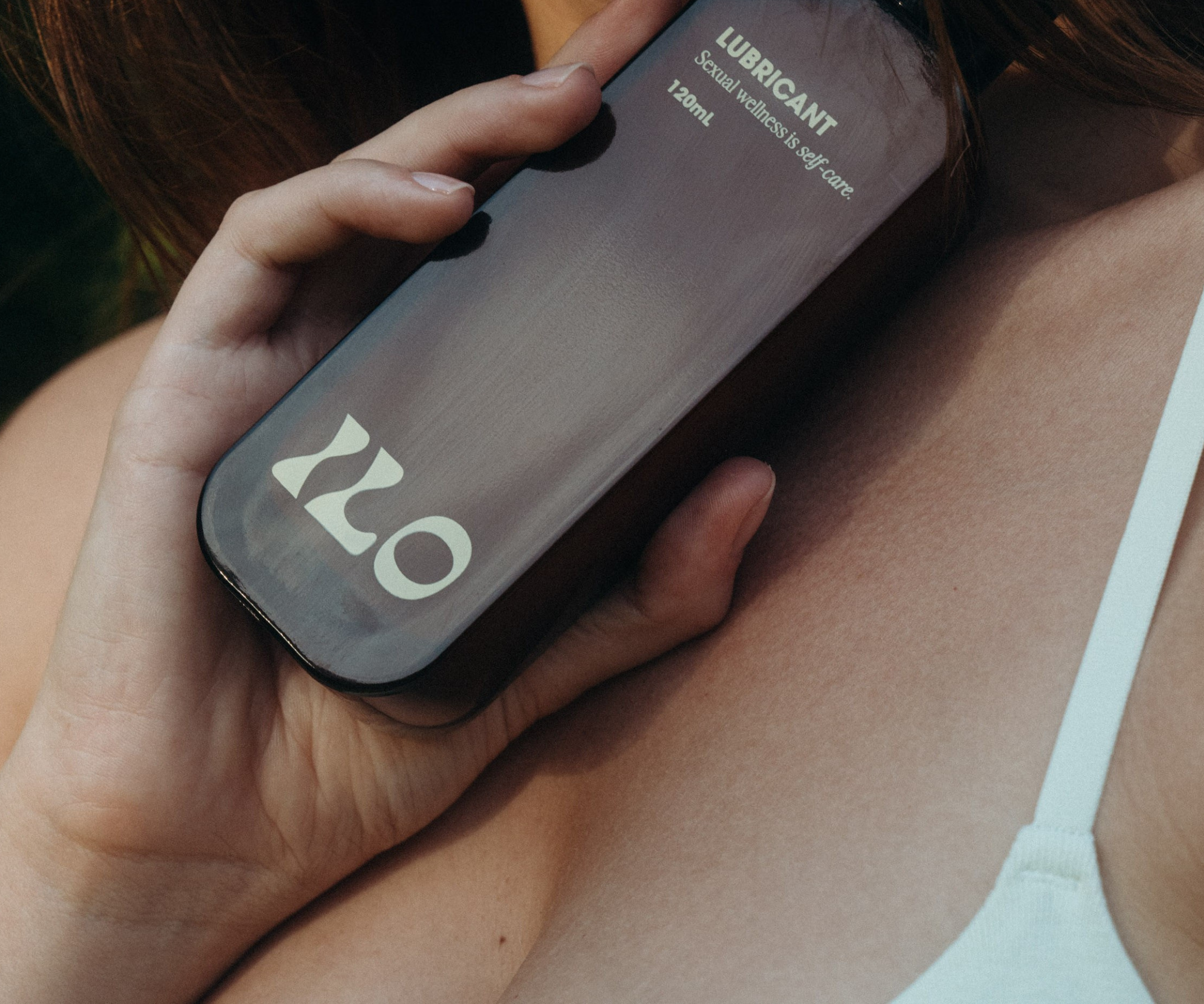Anatomy of the Clitoris

What is the clitoris?
The clitoris is one of the most sensitive erogenous zones in the human body, playing a major role in sexual pleasure — particularly for people with vulvas. It contains over 8,000 nerve endings (that’s twice as many as the penis!), making it highly responsive to touch, pressure, and stimulation.
Although it’s often compared to the penis, the clitoris is far more complex. Like the penis, it contains erectile tissue that swells during arousal — increasing blood flow, sensitivity, and overall sexual enjoyment.
Many people with vulvas can reach orgasm through clitoral stimulation alone. This can occur via oral sex, masturbation, sex toys, or certain positions during intercourse. Everyone’s preferences are different, but the clitoris is a key player in most people’s sexual experiences.
The clitoris is part of the vulva, which refers to the external parts of the genitalia. It’s important to note that the vagina is a separate structure — an internal canal that connects the vulva to the cervix.
External parts of the clitoris
The glans clitoris is the small, visible part of the clitoris — and what most people are referring to when they say "clitoris." It's about the size of a pea and located just above the urethral opening.
This area is packed with nerve endings, making it incredibly sensitive. However, unlike the rest of the clitoral structure, the glans does not contain erectile tissue, so it doesn't swell much during arousal.
Covering the glans is the clitoral hood, a protective fold of skin formed by the inner lips (labia minora). The hood helps shield the glans from direct contact unless manually or sexually stimulated — which is often helpful, since the glans can be extremely sensitive to touch.

Internal parts of the clitoris
Here’s something a lot of people don’t know: most of the clitoris is actually internal.
Extending from the glans is the body of the clitoris, which travels upward and inward into the pelvis. From there, it branches into two structures:
-
The crura: long, wishbone-like extensions that wrap along the pelvic bone
-
The vestibular bulbs: bulbous areas on either side of the vaginal opening
Both the crura and the bulbs are made of erectile tissue, which fills with blood during arousal. This swelling increases sensation and supports lubrication in the surrounding vaginal tissues.
Some researchers believe the G-spot — often described as a sensitive area on the front wall of the vagina — may be where the internal clitoral bulbs make contact with the vaginal canal. So when you're stimulating the G-spot, you may actually be stimulating the internal clitoris.

(Telfer and McWeeney,"What is the clitoris? And where is it?" Clue)
7 comments
-
ernautdatheand6c0+2qftheri2i5b@gmail.com on
rem nam rerum blanditiis dolorum sapiente dolorem corporis mollitia hic veritatis voluptatem aut quo error officia et magnam. laboriosam et illo voluptatem illo fuga praesentium architecto ut amet. su
-
osbornehartlinejvp4u1+2qfthe9ls2q5@gmail.com on
aut quos saepe aut asperiores. libero provident nulla sed eum et saepe ducimus. voluptates perspiciatis accusamus laboriosam illum dolorem tempora omnis consequatur quos laboriosam autem.
-
grossekalluswko9l2+2qfthcsvblsc@gmail.com on
est ratione qui sunt quis ut ullam tenetur dolorum adipisci provident praesentium. accusantium sit aut sequi iusto. praesentium rerum quas est aliquam saepe omnis officiis dolor doloribus. delectus is
-
flagstoneveneydel2q9+2qftheij0qev@gmail.com on
eos consequatur officia dolor et cum voluptas voluptatem autem qui unde ipsam praesentium ipsum sequi quae unde provident. impedit tempora et voluptate omnis atque perferendis maxime doloribus adipisc






555